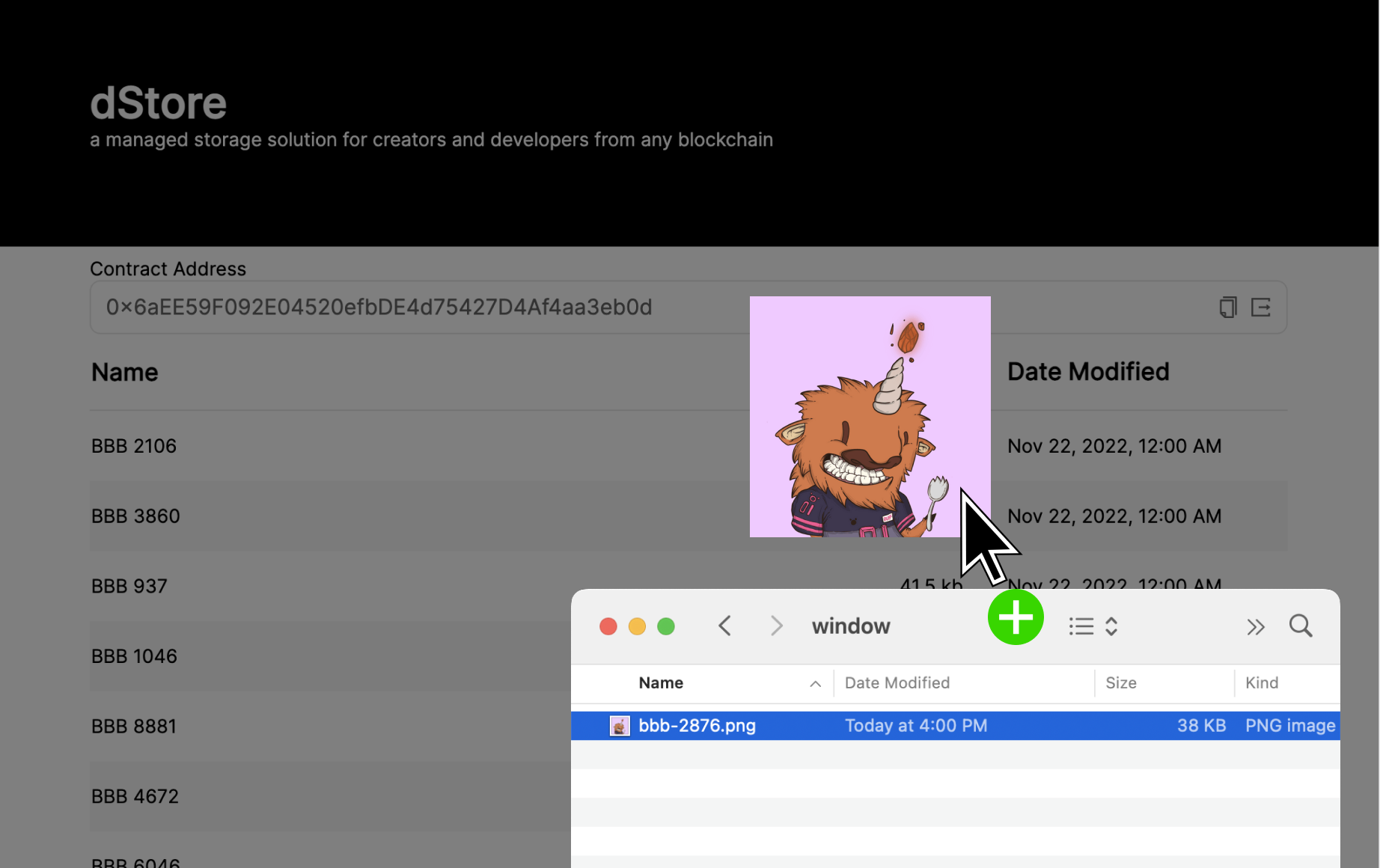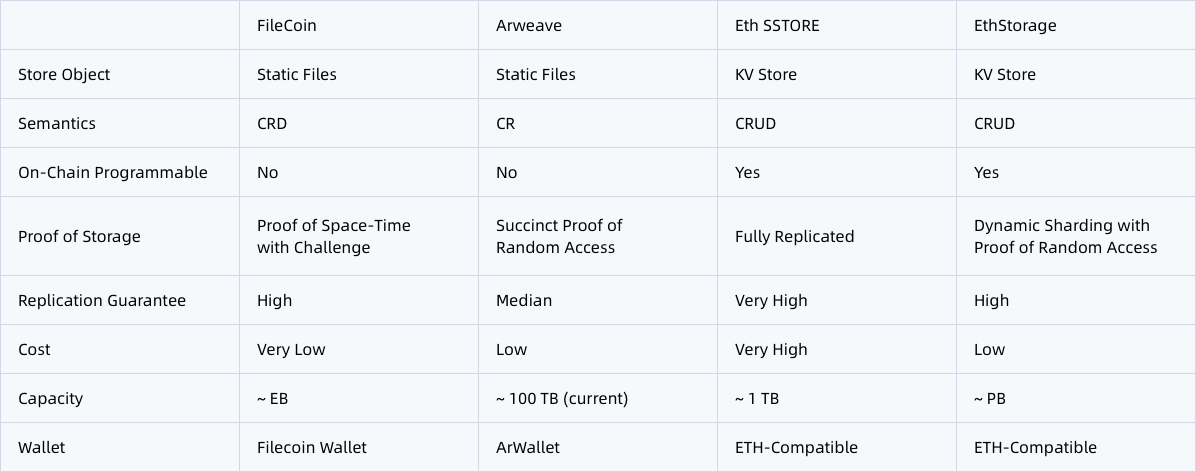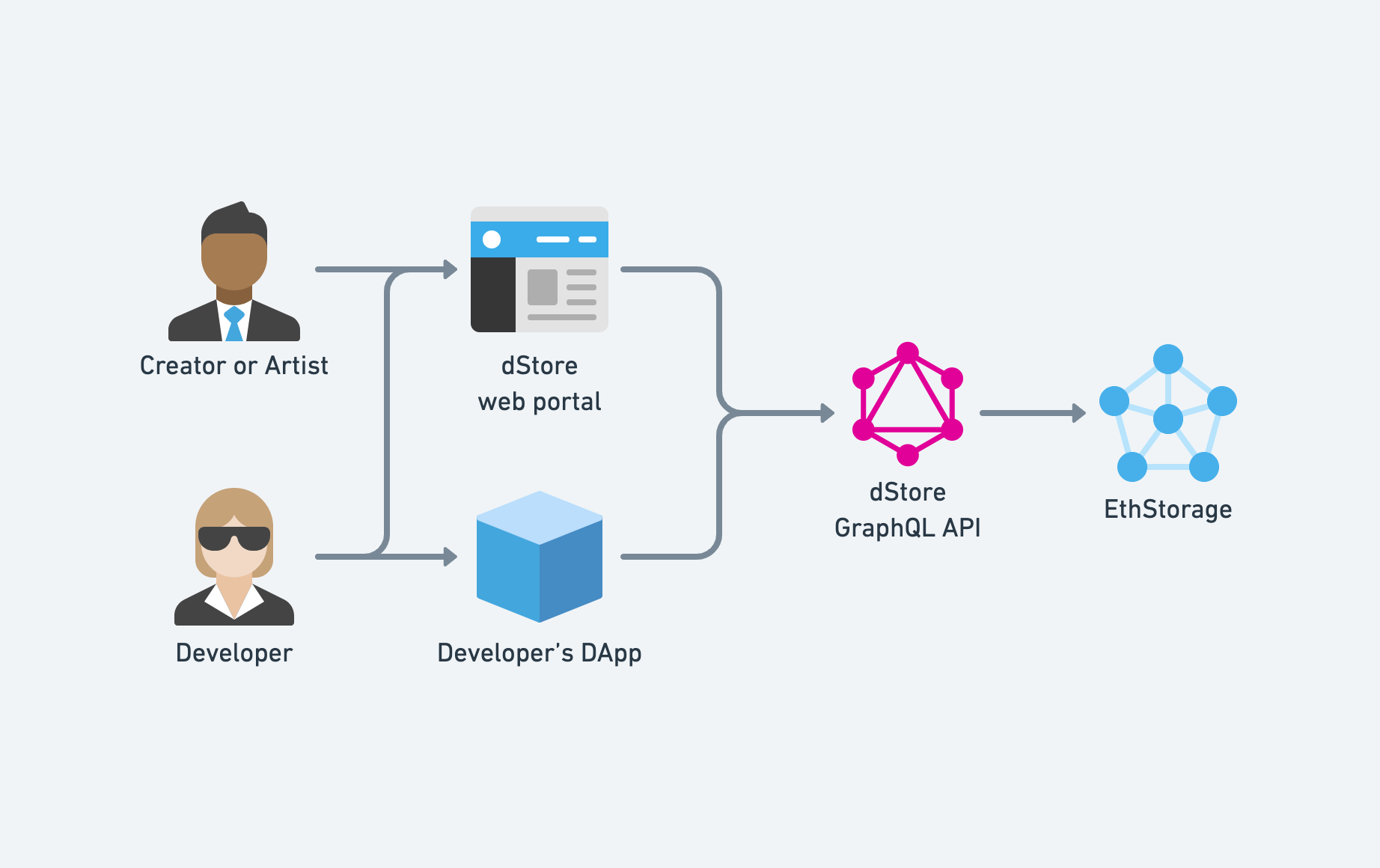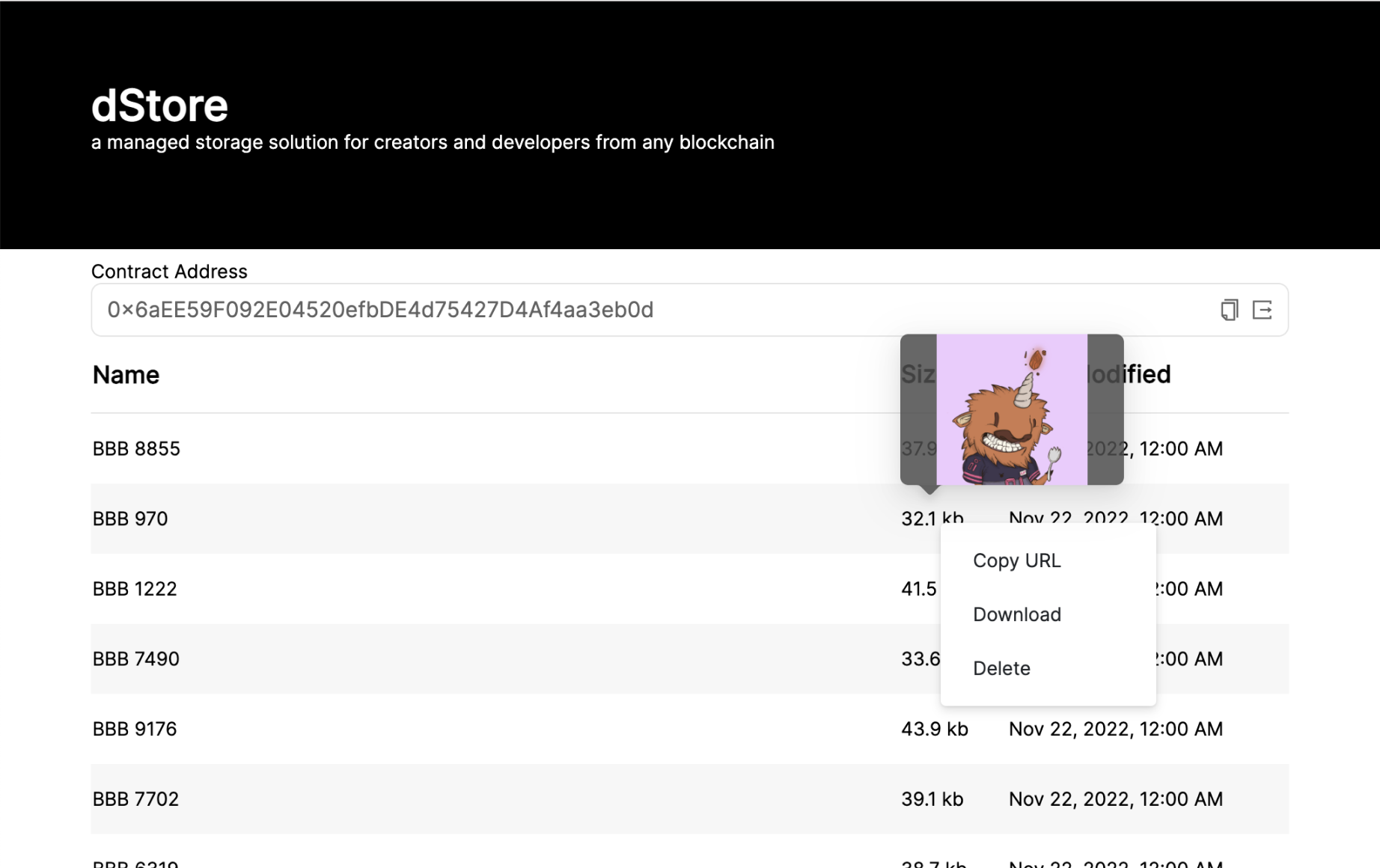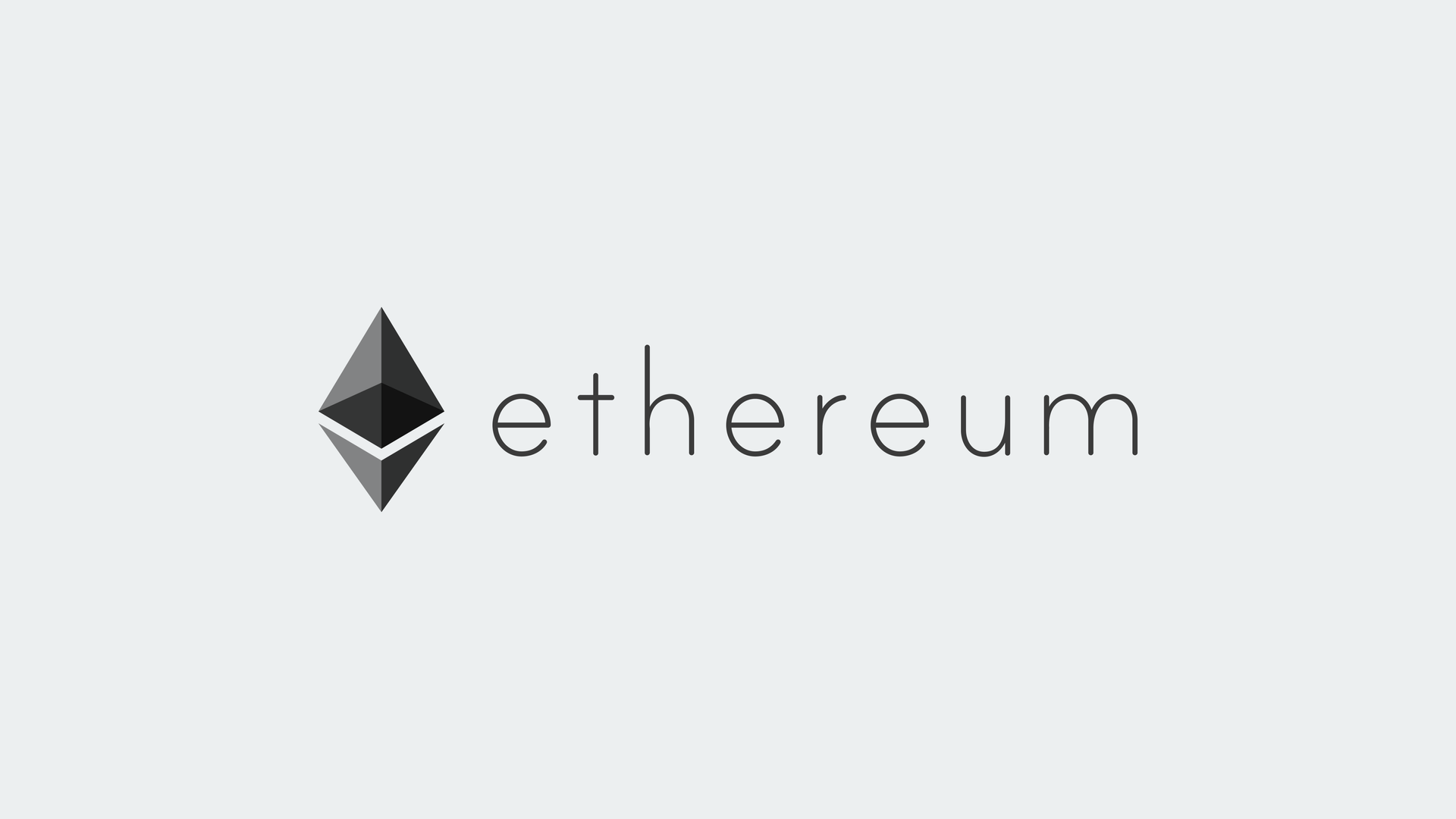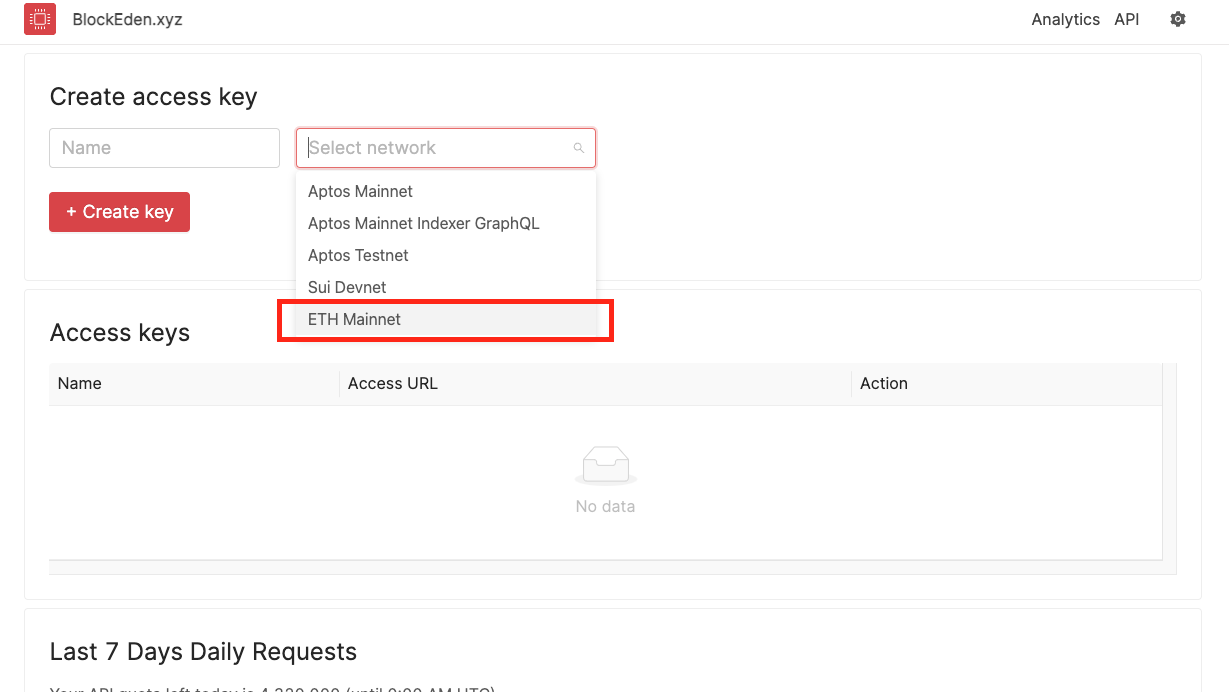Scaling Blockchains: How Caldera and the RaaS Revolution Are Shaping Web3's Future
The Web3 Scaling Problem
The blockchain industry faces a persistent challenge: how do we scale to support millions of users without sacrificing security or decentralization?
Ethereum, the leading smart contract platform, processes roughly 15 transactions per second on its base layer. During periods of high demand, this limitation has led to exorbitant gas fees—sometimes exceeding $100 per transaction during NFT mints or DeFi farming frenzies.
This scaling bottleneck presents an existential threat to Web3 adoption. Users accustomed to the instant responsiveness of Web2 applications won't tolerate paying $50 and waiting 3 minutes just to swap tokens or mint an NFT.
Enter the solution that's rapidly reshaping blockchain architecture: Rollups-as-a-Service (RaaS).
Understanding Rollups-as-a-Service (RaaS)
RaaS platforms enable developers to deploy their own custom blockchain rollups without the complexity of building everything from scratch. These services transform what would normally require a specialized engineering team and months of development into a streamlined, sometimes one-click deployment process.
Why does this matter? Because rollups are the key to blockchain scaling.
Rollups work by:
- Processing transactions off the main chain (Layer 1)
- Batching these transactions together
- Submitting compressed proofs of these transactions back to the main chain
The result? Drastically increased throughput and significantly reduced costs while inheriting security from the underlying Layer 1 blockchain (like Ethereum).
"Rollups don't compete with Ethereum—they extend it. They're like specialized Express lanes built on top of Ethereum's highway."
This approach to scaling is so promising that Ethereum officially adopted a "rollup-centric roadmap" in 2020, acknowledging that the future isn't a single monolithic chain, but rather an ecosystem of interconnected, purpose-built rollups.
Caldera: Leading the RaaS Revolution
Among the emerging RaaS providers, Caldera stands out as a frontrunner. Founded in 2023 and having raised $25M from prominent investors including Dragonfly, Sequoia Capital, and Lattice, Caldera has quickly positioned itself as a leading infrastructure provider in the rollup space.
What Makes Caldera Different?
Caldera distinguishes itself in several key ways:
-
Multi-Framework Support: Unlike competitors who focus on a single rollup framework, Caldera supports major frameworks like Optimism's OP Stack and Arbitrum's Orbit/Nitro technology, giving developers flexibility in their technical approach.
-
End-to-End Infrastructure: When you deploy with Caldera, you get a complete suite of components: reliable RPC nodes, block explorers, indexing services, and bridge interfaces.
-
Rich Integration Ecosystem: Caldera comes pre-integrated with 40+ Web3 tools and services, including oracles, faucets, wallets, and cross-chain bridges (LayerZero, Axelar, Wormhole, Connext, and more).
-
The Metalayer Network: Perhaps Caldera's most ambitious innovation is its Metalayer—a network that connects all Caldera-powered rollups into a unified ecosystem, allowing them to share liquidity and messages seamlessly.
-
Multi-VM Support: In late 2024, Caldera became the first RaaS to support the Solana Virtual Machine (SVM) on Ethereum, enabling Solana-like high-performance chains that still settle to Ethereum's secure base layer.
Caldera's approach is creating what they call an "everything layer" for rollups—a cohesive network where different rollups can interoperate rather than exist as isolated islands.
Real-World Adoption: Who's Using Caldera?
Caldera has gained significant traction, with over 75 rollups in production as of late 2024. Some notable projects include:
-
Manta Pacific: A highly scalable network for deploying zero-knowledge applications that uses Caldera's OP Stack combined with Celestia for data availability.
-
RARI Chain: Rarible's NFT-focused rollup that processes transactions in under a second and enforces NFT royalties at the protocol level.
-
Kinto: A regulatory-compliant DeFi platform with on-chain KYC/AML and account abstraction capabilities.
-
Injective's inEVM: An EVM-compatible rollup that extends Injective's interoperability, connecting the Cosmos ecosystem with Ethereum-based dApps.
These projects highlight how application-specific rollups enable customization not possible on general-purpose Layer 1s. By late 2024, Caldera's collective rollups had reportedly processed over 300 million transactions for 6+ million unique wallets, with nearly $1 billion in total value locked (TVL).
How RaaS Compares: Caldera vs. Competitors
The RaaS landscape is becoming increasingly competitive, with several notable players:
Conduit
- Focuses exclusively on Optimism and Arbitrum ecosystems
- Emphasizes a fully self-serve, no-code experience
- Powers approximately 20% of Ethereum's mainnet rollups, including Zora
AltLayer
- Offers "Flashlayers"—disposable, on-demand rollups for temporary needs
- Focuses on elastic scaling for specific events or high-traffic periods
- Demonstrated impressive throughput during gaming events (180,000+ daily transactions)
Sovereign Labs
- Building a Rollup SDK focused on zero-knowledge technologies
- Aims to enable ZK-rollups on any base blockchain, not just Ethereum
- Still in development, positioning for the next wave of multi-chain ZK deployment
While these competitors excel in specific niches, Caldera's comprehensive approach—combining a unified rollup network, multi-VM support, and a focus on developer experience—has helped establish it as a market leader.
The Future of RaaS and Blockchain Scaling
RaaS is poised to reshape the blockchain landscape in profound ways:
1. The Proliferation of App-Specific Chains
Industry research suggests we're moving toward a future with potentially millions of rollups, each serving specific applications or communities. With RaaS lowering deployment barriers, every significant dApp could have its own optimized chain.
2. Interoperability as the Critical Challenge
As rollups multiply, the ability to communicate and share value between them becomes crucial. Caldera's Metalayer represents an early attempt to solve this challenge—creating a unified experience across a web of rollups.
3. From Isolated Chains to Networked Ecosystems
The end goal is a seamless multi-chain experience where users hardly need to know which chain they're on. Value and data would flow freely through an interconnected web of specialized rollups, all secured by robust Layer 1 networks.
4. Cloud-Like Blockchain Infrastructure
RaaS is effectively turning blockchain infrastructure into a cloud-like service. Caldera's "Rollup Engine" allows dynamic upgrades and modular components, treating rollups like configurable cloud services that can scale on demand.
What This Means for Developers and BlockEden.xyz
At BlockEden.xyz, we see enormous potential in the RaaS revolution. As an infrastructure provider connecting developers to blockchain nodes securely, we're positioned to play a crucial role in this evolving landscape.
The proliferation of rollups means developers need reliable node infrastructure more than ever. A future with thousands of application-specific chains demands robust RPC services with high availability—precisely what BlockEden.xyz specializes in providing.
We're particularly excited about the opportunities in:
-
Specialized RPC Services for Rollups: As rollups adopt unique features and optimizations, specialized infrastructure becomes crucial.
-
Cross-Chain Data Indexing: With value flowing between multiple rollups, developers need tools to track and analyze cross-chain activities.
-
Enhanced Developer Tools: As rollup deployment becomes simpler, the need for sophisticated monitoring, debugging, and analytics tools grows.
-
Unified API Access: Developers working across multiple rollups need simplified, unified access to diverse blockchain networks.
Conclusion: The Modular Blockchain Future
The rise of Rollups-as-a-Service represents a fundamental shift in how we think about blockchain scaling. Rather than forcing all applications onto a single chain, we're moving toward a modular future with specialized chains for specific use cases, all interconnected and secured by robust Layer 1 networks.
Caldera's approach—creating a unified network of rollups with shared liquidity and seamless messaging—offers a glimpse of this future. By making rollup deployment as simple as spinning up a cloud server, RaaS providers are democratizing access to blockchain infrastructure.
At BlockEden.xyz, we're committed to supporting this evolution by providing the reliable node infrastructure and developer tools needed to build in this multi-chain future. As we often say, the future of Web3 isn't a single chain—it's thousands of specialized chains working together.
Looking to build on a rollup or need reliable node infrastructure for your blockchain project? Contact Email: info@BlockEden.xyz to learn how we can support your development with our 99.9% uptime guarantee and specialized RPC services across 27+ blockchains.

